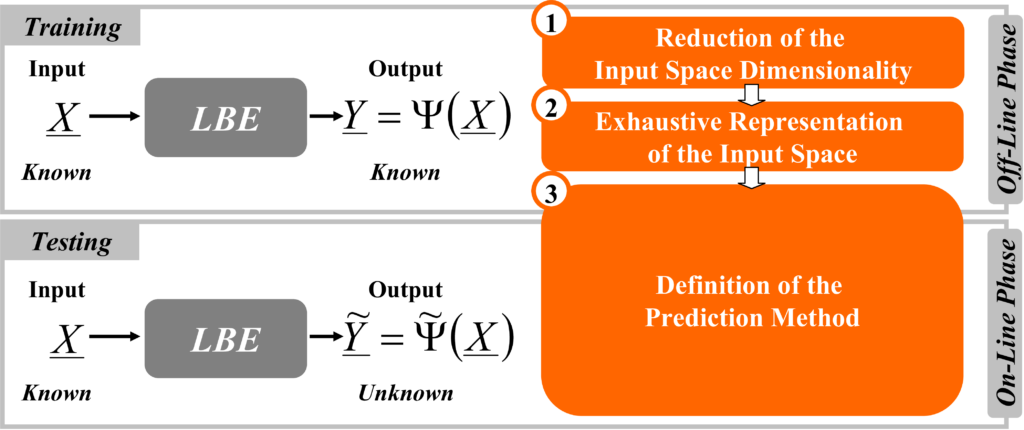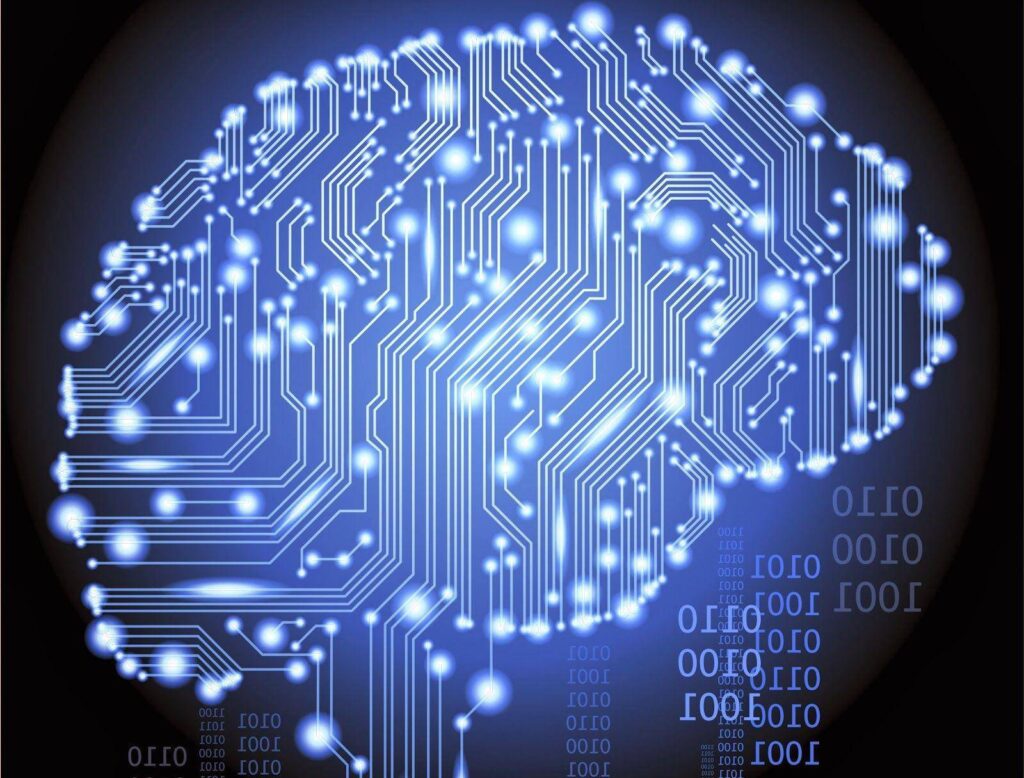-
Name (Acronym)Machine Learning for Wireless Structural Health Monitoring (MLSHM)
-
ECTS6
-
Contact E-mailmarco.salucci@unitn.it
-
Teacher
-
Syllabus
-
Institution
-
Study Program
-
Degree
-
LanguageEnglish
-
Tracks
ABSTRACT
The course provides fundamental knowledge about Machine Learning (ML) and its application to wireless Structural Health Monitoring (SHM). While being based on rigorous theoretical content, the course is oriented towards the most relevant applications for civil engineers. To complete the didactic offer, various numerical exercises (exploiting SW programs) will follow the theoretical lessons.COURSE CONTENT
Part 1: THE "THREE-STEPS LEARNING-BY-EXAMPLES (LBE)" FRAMEWORK
- Overview, general concepts, and taxonomy of Machine Learning (ML) methodologies
- Interpolation techniques
- Dimensionality reduction methodologies
- Space exploration/sampling methodologies
- Classification and regression methodologies


Part 2: APPLICATIONS TO WIRELESS STRUCTURAL HEALTH MONITORING (SHM)
- Overview of ML methodologies applied to wireless SHM
- Model‐driven approaches vs. data‐driven approaches
- Damage definition and identification
- Data acquisition and processing
- Damage prognosis
- Modes/technologies for wireless SHM and their integration with ML

TEACHING ACTIVITIES
- Theoretical Lessons
- e-Xam Self Assessment (each teaching class or periodically)
- MATLAB Hands-On
- e-Xam Final Assessment
FURTHER READINGS
- J.‐A. Goulet, Probabilistic Machine Learning for Civil Engineers. Cambridge, MA: The MIT Press, 2020.
- A. Cury, Structural Health Monitoring Based on Data Science Techniques. Cham, Switzerland: Springer, 2022.
- A. I. J. Forrester, A. Sobester, and A. J. Keane, Engineering Design via Surrogate Modelling: A Practical Guide. Hoboken, N.J.: John Wiley & Sons, 2008.
- T. Hastie, J. Friedman, and R. Tisbshirani, The Elements of Statistical Learning: Data Mining, Inference, and Prediction. New York: Springer, 2017.
- V. N. Vapnik, The Nature of Statistical Learning Theory. New York: Springer, 2000.
Course Information
| Date: | 24 February - 6 June 2025 (12 weeks, 5 hours/week) |
| Format: | The course is offered in blended form (onsite and online) |
Registration Information
| UniTN Students: | Free |
| EXTERNAL Students: |
216 Eu: First course 180 Eu: Every course from the second one |
The fees include the course teaching, the slides/material, and the video recordings.
Registration Procedure for UniTN Students
Please contact the Student Support Office of your Department/Centre/School to include the course in your study plan.
Registration Procedure for EXTERNAL Students
Step 1: Register a "guest" type account (@guest.unitn.it)
- Should you still not have a UniTN account, you have to register and log in with your SPID identity or CIE (electronic ID card). If you cannot use SPID or CIE, please create your own UniTN account.
Step 2: Enroll to a Single UniTN Course
-
Complete the online application through the webpage apply for enrollment in ‘Standard’ single classes a.y. 2023/2024.
Your application will be automatically considered for the a.y. 2024/2025.
In the application form (Section "Teaching Activities") put the following information:- Name of single class/teaching activity: Machine Learning for Wireless Structural Health Monitoring
- Code of single class/teaching activity: 140683
- Degree course to which the teaching activity is associated: [0331H] Ingegneria Civile
- Once received the outcome of the application (1-3 days), login into ESSE3 with your "guest" account user-name and password. Then, pay the bulletin you find in Administrative Office – Payments.
NOTES:
- A vademecum with a step-by-step guide to enroll to a single course at the University of Trento is available here
- For any question on the registration process, please write to contact@eledia.org
